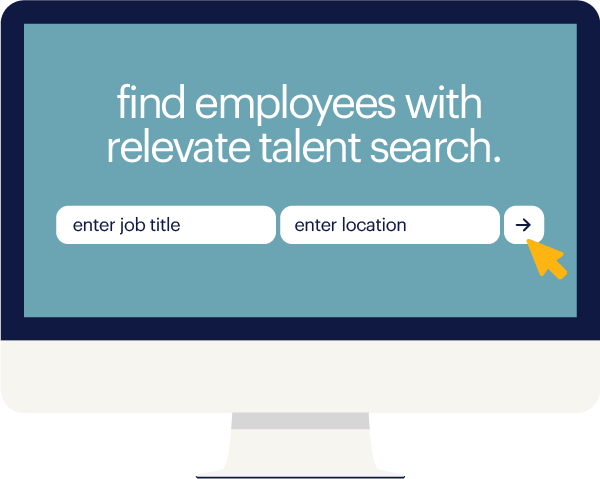Randstad recently surveyed 1,000-plus managers and employees to gain granular insights into the talent journey and better understand digital touchpoints. The high-level takeaways?
-
Candidates and hiring managers view the hiring process differently. Specifically, they don’t see eye to eye on the role that career websites and online reviews play in influencing hiring outcomes. Many companies may be prioritizing investments in the wrong talent-facing channels as a result.
-
Not all candidates engage with social media in the same way. So if you're among the 82 percent of companies using social media to build relationships with passive candidates, you'll need to understand how, where and why your target talent audiences are engaging across the entire social media ecosystem in order to be effective.
Let's unpack these findings in greater detail, focusing on key areas for improvement.
are you investing in the right channels to reach talent?
Hiring managers are on the front lines of the hiring process, and yet our survey found that visibility into candidate preferences doesn’t necessarily go hand in hand with proximity. For example, while 71 percent of candidates say they hunt for jobs directly on employers’ websites, only 58 percent of managers feel their companies’ career websites yield the highest-quality applicants.

But that’s not the only misalignment we found. Consider the divergent perceptions we uncovered around the impact of review sites in the hiring process.
How much influence do online reviews have on candidates' decision-making? We asked — and the majority (57%) of candidates stated that they wouldn't even apply for roles with companies that have negative online reviews.
On that point, managers were far more ambivalent. Only a third conceded that negative online reviews have a "significant" impact on an organization's ability to attract talent, and nearly one in five rated negative online reviews as having "little or no" impact on hiring outcomes.
Clearly, these are areas where managers and talent aren't quite seeing eye to eye. As a near-term goal, companies across the board should more closely monitor online review sites and ensure that their career landing pages are both highly engaging and optimized for mobile viewing. After all, these are key portals into potential employers for today’s top talent.
not all candidates use social media the same way
If current trends hold, it's estimated that the average person will spend what amounts to five years on social media in the course of a given lifetime. Obviously, that's simply too much screen time for employers not to compete for. Plus, as companies continue to struggle to land today's most sought-after candidates, social media — and the kind of personalized targeting it makes possible — presents tantalizing new opportunities: Take, for example, the fact that 65 percent of candidates would be more likely to consider a new job opportunity if they heard about it through a personal connection.
But taking advantage of these opportunities will continue to elude companies if they think of social media as a single, unified thing. In reality, it's not. Rather, it’s a complex ecosystem, comprising any number of distinct, if at times overlapping, channels.



To capture the attention of top talent, then, it’s not enough to simply regard “social media” as a recruiting tool in and of itself. A more refined approach is in order. Employers should look to target the platforms that are most popular with each unique talent audience. Gen Z and millennials, for instance, have different social habits: Where the latter prefers LinkedIn, Facebook and Glassdoor, you'll more likely catch the former on channels like YouTube, Instagram and Facebook.
And on social, "when" matters almost as much as "where." For example, Facebook usage is essentially the reverse image of LinkedIn: Across the board, Facebook's estimated two billion users tend to converge on the platform outside of traditional working hours, whereas LinkedIn's estimated 500 million users are busiest throughout the workday. It seems like a simple insight — but think of the world of difference that might make in determining the effectiveness of talent-related marketing spend.
Finally, these insights into how different talent audiences prefer to engage don't cease to be relevant just because someone has gone through the hiring process and joined your team. Indeed, effectively managing today's multigenerational workforces requires taking a customized approach to engagement and technology.
key takeaways
Randstad's recent survey uncovered serious differences in the way hiring managers and talent view the hiring process. The channels that matter, the role of review sites in motivating candidates to apply (or not, in the case of negative reviews), as well as how and where social media can be most effectively leveraged all stand out.
None of these differences are irremediable, of course, but forward-thinking companies would be wise to do a quick vision test and ensure their efforts are optimized for results — and Randstad can help. Find out how.














